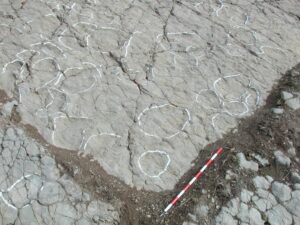In Australia, geotourism is defined as tourism which focuses on an area’s geology and landscape as the basis for providing visitor engagement, learning and enjoyment. Geotourism has great potential as a new nature-based tourism product. Where-ever tourism contributes a direct environmental benefit to a visited location, its clients gain empathy for the holistic heritage of […]
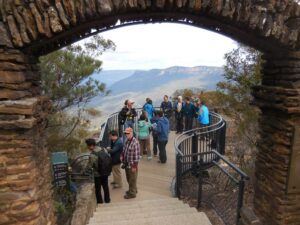
Geotourism is often thought to refer solely to ‘geological tourism’, however, more recent views suggest that the term in fact refers much more broadly to encompass not only geology, but also fauna and flora as well as cultural aspects. An area’s geo-heritage can be defined as the geological base that, when combined with climate, has […]

The Digne-les-Bains ammonite slab is one of the most impressive geosites of the UNESCO Global Geopark of Haute-Provence and Réserve Naturelle Nationale Géologique de Haute-Provence. Its importance rests on the number of fossils as well as their size and the high quality of the outcrop and its huge potential. It is an important subject for […]
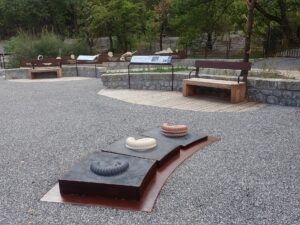
The number of geoconservation studies in Costa Rica has been increasing in the last 10 years. The Poás Volcano National Park has been characterized as one of the most visited places in Costa Rica where many tourists come to see one of the most emblematic volcanoes in the country and Central America. This study documents […]
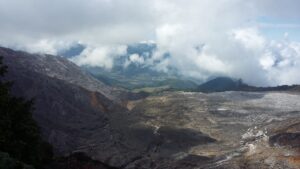
The Lower Jurassic Posidonia Shale of Southern Germany is famous for its excellently preserved fossils. First of all, the large and spectacular ichthyosaurs, pterosaurs and crocodiles impress. Fish, crinoids, ammonites and belemnites are witnesses of a very special living world in the former Posidonia Shale Sea. The rather small and inconspicuous bivalves, brachiopods and serpulids […]
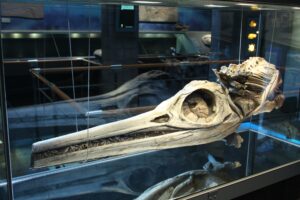
The Nusplingen Plattenkalk is a Solnhofen-type fossil Konservat-Lagerstaette in the southwestern part of the Swabian Alb, which is scientifically exploited by the Stuttgart Natural History Museum. The Nusplingen Plattenkalk formed in a deep lagoon surrounded by islands. The highly diverse and exceptionally preserved fossil fauna and flora allow a reconstruction of the Late Jurassic marine […]
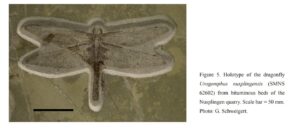
The Global Boundary Stratotype Section and Point (GSSP) of the Aalenian Stage (base of the Middle Jurassic), was established in Fuentelsaz (Central Spain) by the International Commission on Stratigraphy (ICS) of the International Union of Geological Sciences (IUGS) in 2000. This stratotype is one of the most important geosites of the Molina-Alto Tajo UNESCO Global […]
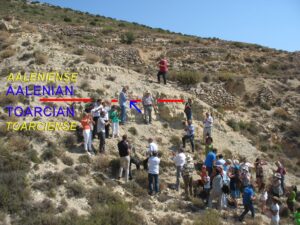
For many years, even before it was designated as Las Loras UNESCO Global Geopark, work was carried out to promote and protect the geological heritage of the territory. To this end, an innovative model of governance was introduced, involving local people in the management of heritage by means of citizen participation processes and Geo-volunteering. This […]
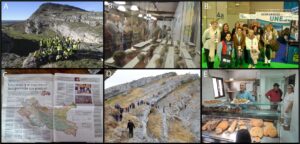
The giant Ordovician trilobites from the Canelas quarry constitute the most iconic sign of identity of the Arouca UNESCO Global Geopark at an international level. Palaeontological studies determined the importance of this fossil locality for studying aspects of the social behavior of these marine arthropods and their interactions with other represented invertebrate fossil groups. Although […]
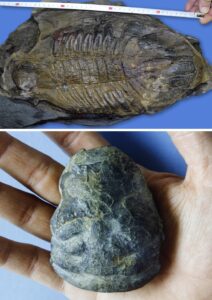
Numerous Upper Jurassic–Lower Cretaceous tracksites are found in the Maestrazgo UNESCO Global Geopark; sauropod and ornithopod tracks are abundant and there are some rare stegosaurians and theropods. The Lower Cretaceous ichnite sites are dominated by ornithopod tracks, while only one Upper Cretaceous site, containing theropod tracks, has been documented. Seven of these sites are classified […]
